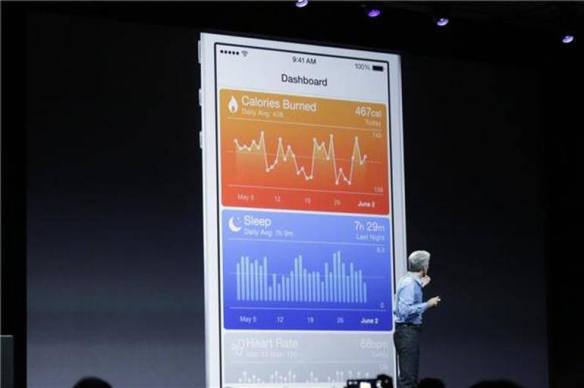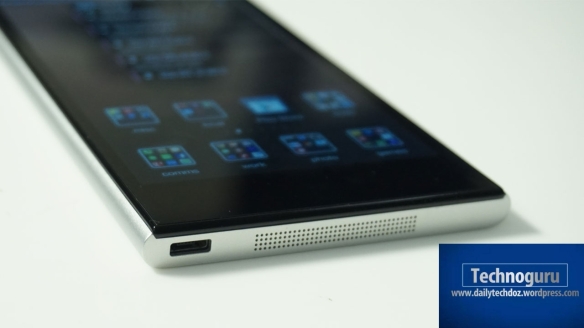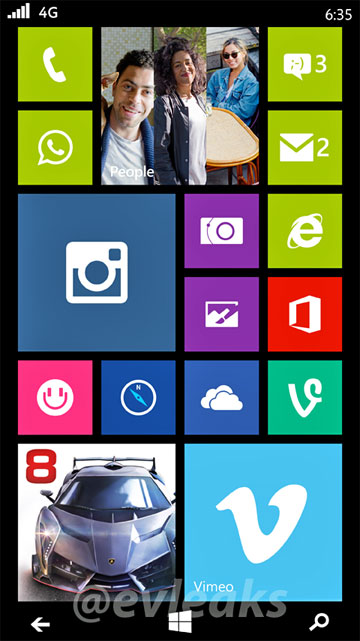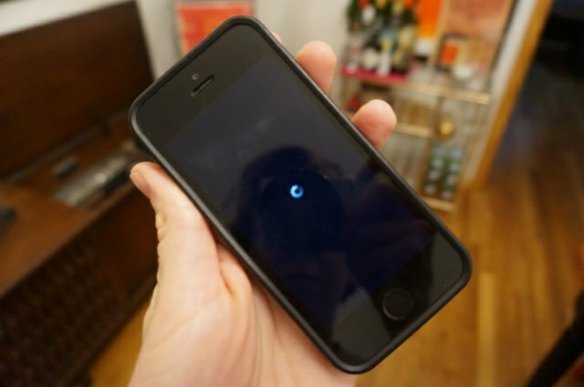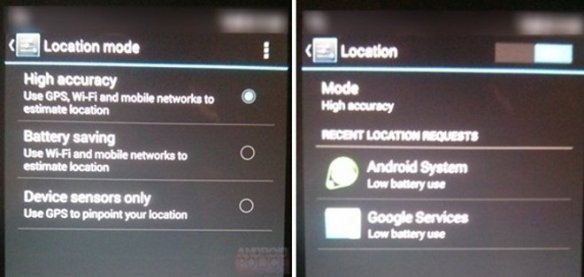
A look at the year’s upcoming trends for Las Vegas’ Consumer Electronics Show and into 2014.
CES, the largest consumer electronics show in North America, often sets the stage for smartphone technology and trends in the coming year.
There are plenty of those brewing for 2014 even beyond the big show, from the smartphone’s screen size and shape to the stuff that goes inside and even pairs to a watch on your wrist or glasses on your face. Here’s what we’ll see for the year ahead.
More big screens
Smartphones with ultra-large screens are now everywhere, originally ramping up after Samsung’s success with the Galaxy Note series. Huawei used CES 2013 as a platform for introducing the 6.1-inch Huawei Ascend Mate whopper. Since then, we’ve seen at least seven more significant smartphones come into being with screens larger than 5 inches.
HTC and Nokia have both jumped in with their first “phablet” efforts, the 5.9-inch HTC One Max and 6-inch Nokia Lumia 1520. Samsung and LG’s curved phones, measuring 5.7 inches and 6 inches, respectively, demonstrate how a contoured display can reduce the phone’s edge-to-edge footprint.
More large-screen phones from major manufacturers seem likely.
Supersize me: Giants of the smartphone world (pictures)
1-2 of 12
Scroll Left
Scroll Right
Higher resolutions
2014 will open the door to razor-sharp resolutions that’ll go along with those ultra-large screens. In fact, rumors of phones with 2,560×1,440-pixel resolution are already surfacing. One case in point, the Samsung Galaxy S5, which could wind up with a 560-pixel density.
There are also incremental real world forays in 4K, like last February’s demo in which, LG showed off impressive 4K “upscaling” technology for mirroring on an ultra high-res TV.
Curved displays on the horizon
After years of prototypes and CES demos, both Samsung and LG brought phones with flexible displays to market in quick succession.
The Samsung Galaxy Round and LG G Flex may only be available in South Korea for now, but the two handsets’ very different approaches to arched displays have enough real-world benefits to warrant showing up in phones intended for more regions.
If we don’t see US variants of curved-screen phones at CES, expect them soon after. LG confirmed with CNET that the G Flex will come to the US in 2014, and rumors are already piling up that Sprint, AT&T, and T-Mobile are all carrier contenders.
Curved Samsung Galaxy Round surprisingly comfy
Savvier hands-free controls
Google Now, Siri, and Samsung’s S Voice let you verbally command your phone, with LG’s Nexus 5 and Motorola’s Moto X and others layering on varying degrees of touchfree controls, which trigger voice input without tapping the screen.
Voice actions, waving gestures, and tilting are all part of a greater category of controls that include gestures and voice actions that make your phone cooler and hopefully more convenient to use.
Not every motion control being employed today is coveted, industry-changing, or even used, but there’s no doubt that sensors and motions are still ripe for development. After splashier product announcements, we’re sure to learn about third-party B2B companies demoing cool controls.
Also in store for later in the year (I hope): Apple’s integration of the Siri voice assistant into even more cars, and the long-awaited update of Windows Phone OS with Microsoft’s fleshed-out “Cortana” voice assistant.
64-bit computing and more
Apple’s iPhone 5S was the first smartphone to break the barrier into 64-bit computing with its A7 processor, followed by Qualcomm’s Snapdragon 405 chipset for midrange phones in emerging markets.
The technology is expected to supercharge gaming, multitasking, and resource-intensive apps like advanced photo-and video-editing. It’s likely that Qualcomm will announce 64-bit computing for high-end products in early 2014, and, based on history, quite probably at CES. The chipmaker used last year’s show to unveil the high-end chips we saw on premium phones this year.
LG G Flex flexes its bendy 6-inch screen
Yet before we see 64-bit computing on any phone, the OS makers and apps need to program in support.
In addition to 32-bit versus 64-bit, there’s also the question of cores. Quad-core phones are now the norm for high-end phones, with octa-core the next generational leap. However, the way that companies use and arrange cores is also instrumental to performance, since a CPU’s heat and power take a toll on battery life.
Perhaps a more important (but highly overlooked) factor in how phones at CES and beyond will operate depends on coprocessors that do cool things like keep voice assistants active for touch-free control, even when the screen is off (see Motorola’s Moto X as one example.)
Wearables worthy of love
The most significant emerging technology to affect smartphones this past year isn’t even directly related to them. Rather, wearable technology like smartwatches, fitness trackers, and even Google Glass use Bluetooth-paired smartphones as the source of their data and even their data connection.
The fully cellular Omate TrueSmart smartwatch is one notable exception; this Android device comes complete with a SIM card slot.
Read also: With wearable tech at CES, expect the unexpected
There’s no question we’ll see a flood of wearables at CES, and long after — updates to devices we saw at last year’s show, plus new competitors and self-funded campaigns to rival Google Glass, the Samsung Galaxy Gear, and more.
I’m also looking forward to seeing even more creative expressions of wearables, along the lines of these connected workout clothes, rhythmic jeans, and smart shoes and socks (yes, socks!).
Not just CES
Technology takes time to move from inception to production. Especially for emerging tech, we could still take a year or two for the industry to work out some of the kinks in giving gestures, wearables, and 64-bit desktop-like computing their place. It’s an iterative process, but ones we’ll be training a keen eye on at the big Las Vegas show, and in the coming year

